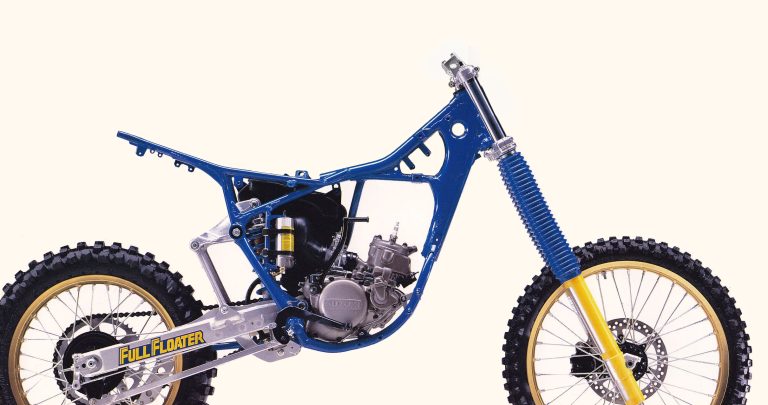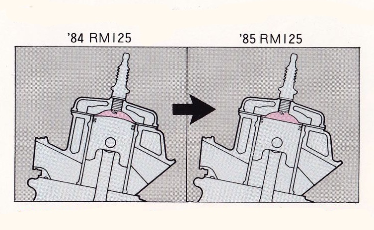In the world of motocross, Suzuki’s legacy has been marked by innovation and dominance, particularly throughout the 1980s. However, as we look at the current state of Suzuki’s motocross efforts, especially with the recent hiring of star rider Ken Roczen, there is a sense of both optimism and concern among fans and industry insiders alike.
A Historical Perspective
Suzuki entered the motocross scene in the late 1960s, quickly establishing itself as a formidable competitor. By the 1970s and early 1980s, the brand was at the pinnacle of motocross success, thanks in part to legendary riders like Joël Robert, Roger De Coster, and Eric Geboers. The brand’s commitment to performance was epitomized by the introduction of the revolutionary Full Floater rear suspension system in 1981, which set new standards in rear suspension design and performance. This system enabled the RM125 to dominate its class, securing an impressive streak of victories and showcasing Suzuki’s engineering prowess.
In 1984, Suzuki continued this legacy with the all-new RM125. Though the 1985 model saw minimal changes, it still held its ground as a competitive option thanks to its excellent handling and reliable performance. The RM series, particularly the RM125, became known for their balance of power and suspension, making them favorites among racers.
Current State of Suzuki Motocross
Fast forward to 2023, and Suzuki’s presence in the motocross world is characterized by a mix of resilience and hesitation. While the hiring of Ken Roczen has sparked renewed interest and excitement, many observers are worried about the brand’s long-term strategy. The lack of significant updates to their motocross machines has raised questions about Suzuki’s commitment to staying relevant in a rapidly evolving sport.
The brand’s approach—focusing on refinement rather than reinvention—has its merits. In an era where the price of new 450cc bikes often exceeds $10,000, Suzuki’s more competitively priced RM-Z models present a compelling alternative for many riders. These bikes offer performance that exceeds the needs of most consumers while remaining financially accessible. This approach has garnered a loyal following, particularly among those who prioritize value in a sport known for its escalating costs.
However, in a fashion-conscious market like motocross, this perceived stagnation can be interpreted as apathy. Suzuki’s competitors are continuously innovating and updating their models, creating a dynamic landscape that could leave the brand behind if they do not adapt.
Challenges and Opportunities Ahead
Historically, Suzuki has thrived on its reputation for reliable performance. Yet, as the motocross landscape shifts and competitors invest heavily in new technologies and designs, Suzuki must find ways to balance tradition with innovation. While their current models are effective, the company risks losing traction if they do not actively engage in modernizing their offerings.
 Fans of the brand will point to the solid performance of the RM-Zs, which deliver more than enough power and handling for the average rider. Yet, for Suzuki to remain a key player in the motocross arena, a more aggressive strategy focusing on product updates and market presence will be essential.
Fans of the brand will point to the solid performance of the RM-Zs, which deliver more than enough power and handling for the average rider. Yet, for Suzuki to remain a key player in the motocross arena, a more aggressive strategy focusing on product updates and market presence will be essential.
Leave a Reply